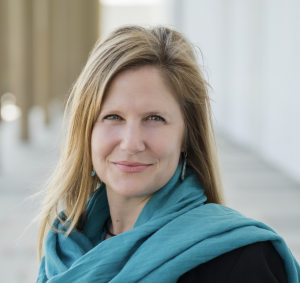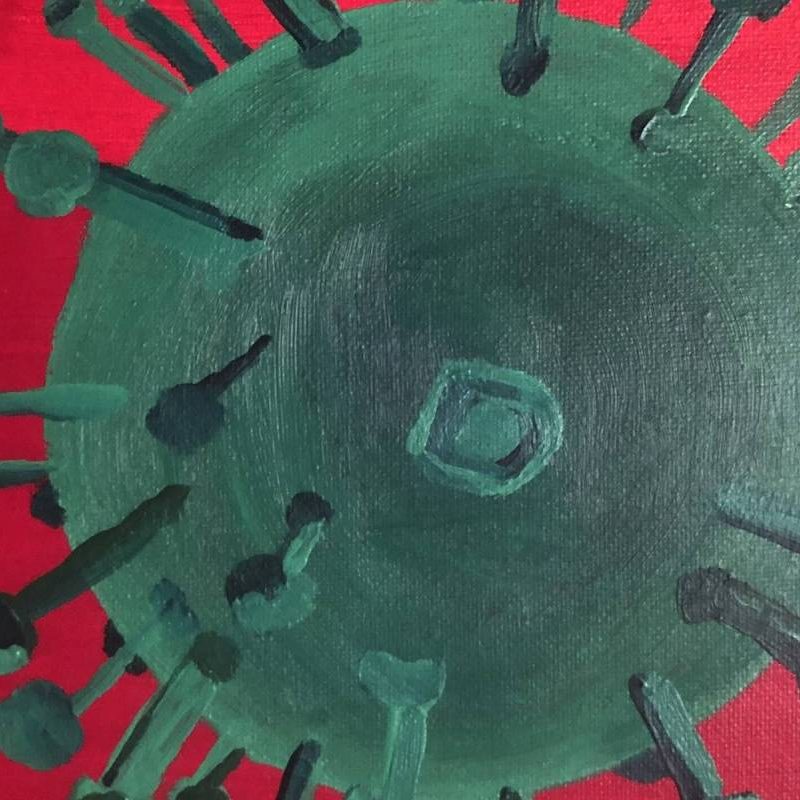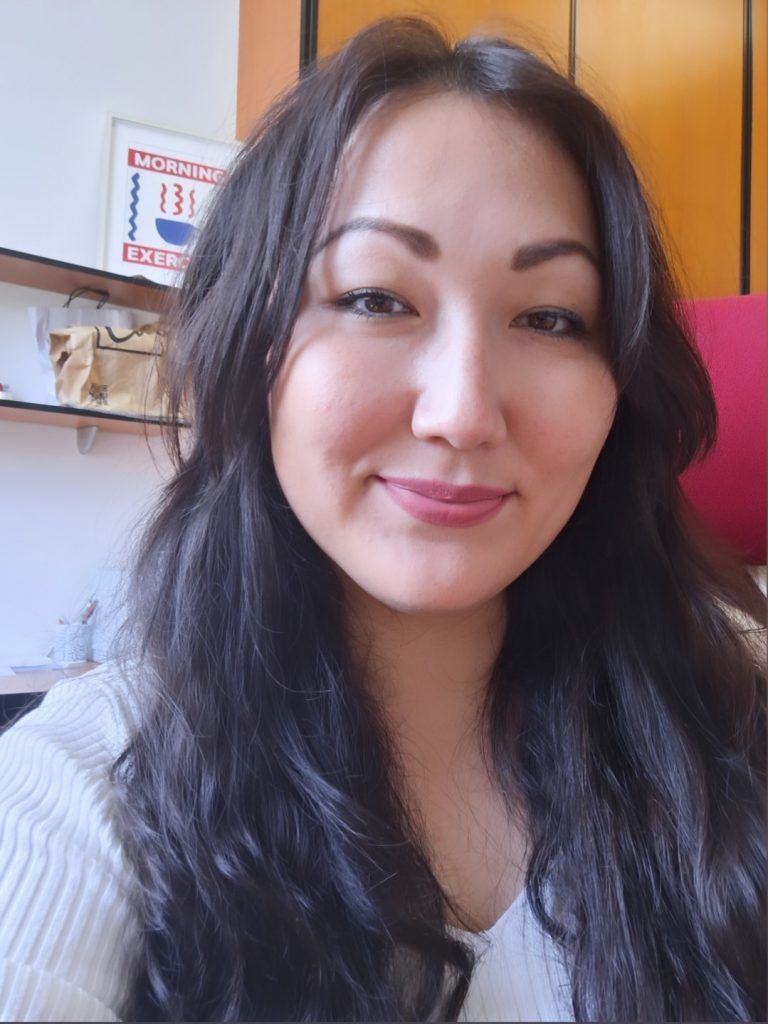Pandemics & Society Seminar, 24 April: Invisible Illness, A (Part of the) History

For the fifth Pandemics & Society Seminar of our Spring 2025 series we are pleased to welcome Emily Mendenhall (Georgetown University). Note that the seminar will be held on Thursday, 24 April, one hour earlier than usual at 1500 CEST. More information about our speaker and the presentation is below. You can sign up for email notifications about the seminar series, including the Zoom details, here.
Abstract
Long Covid is an old story linked to a new virus. Chronic Lyme. Chronic Fatigue Syndrome. Chronic Pain. These contested conditions are interpreted with trepidation—in many cases throughout history they have been considered unreal or imagined among medical professional: a cry for help from a hysterical woman. Though, their prominence is patterned throughout history and takes center stage in famous literature, social science, and medical humanities. Because women are centered as those most afflicted by these conditions, they have become largely feminized and dismissed, regardless of who they are. Yet, the long history of symptoms that are defined as “unexplained” or “complex” or “contested” tell us more about medicine than they do about people. These symptoms may be physical—such as pain in the back, extremities, or the base of the neck. They may be psychological—such as dissociation, brain fog, or lack of focus. They may be emotional—such as deep sadness or anxiety. It is important to listen to these complex bundles of symptoms and try to decipher them: not only through the arc of someone’s life but also a cultural history through which they have emerged, shifted, and transformed. In this talk, I track this history, beginning with hysteria, and leading us to the present-day.
About the Speaker
Emily Mendenhall is a medical anthropologist, Guggenheim Fellow, and Professor in the Edmund A. Walsh School of Foreign Service at Georgetown University. Mendenhall has published widely at the boundaries of anthropology, psychology, medicine, and public health. This work focuses on social and biological links between social trauma and diabetes, the theory and experience of syndemics, how and why people use idioms of distress, mental health and well-being, complex chronic illness, and the politics of pandemics. Her monographs include Syndemic Suffering: Social Distress, Depression, and Diabetes among Mexican Immigrant Women (2012), Rethinking Diabetes: Entanglements with Trauma, Poverty, and HIV (2019), and Unmasked: COVID, Community, and the Case of Okoboji (2022). Her new book, Invisible Illness: A History, from Hysteria to Long Covid, will be published in 2025.



